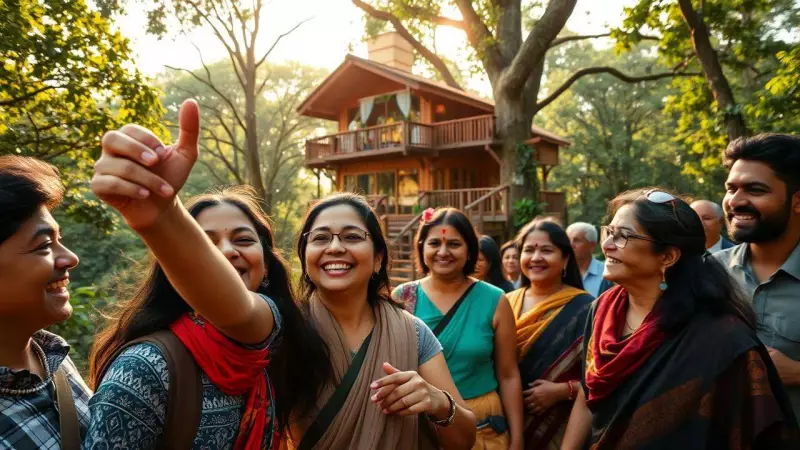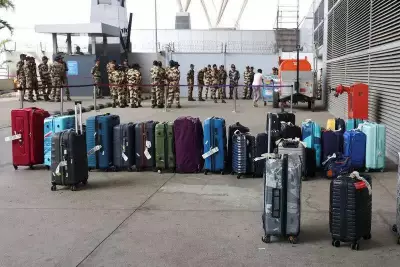
The Indian traveler is undergoing a remarkable transformation, emerging as a powerful force reshaping global tourism landscapes. Gone are the days of predictable itineraries and checklist tourism—today's Indian explorers are seeking deeper, more meaningful connections with their destinations.
The New Indian Explorer: Sophisticated and Experience-Hungry
Modern Indian tourists are trading traditional package tours for curated experiences that offer authentic local immersion. From cooking classes with Italian grandmothers in Tuscany to wildlife conservation projects in African savannas, Indian travelers are prioritizing memories over souvenirs.
"The shift is fundamental," explains industry expert Priya Sharma. "Indian travelers are no longer content with superficial sightseeing. They want to live the destination, not just visit it."
Digital Natives Leading the Charge
With smartphone penetration at an all-time high, Indian travelers are researching, planning, and booking their trips entirely online. Social media platforms, particularly Instagram and YouTube, have become primary inspiration sources, driving demand for photogenic and unique destinations.
- 83% of Indian travelers research destinations through social media
- Mobile bookings have increased by 156% in the past two years
- Video content influences destination choices for 67% of travelers
Sustainability Takes Center Stage
Environmental consciousness is becoming a significant factor in travel decisions. Indian tourists are increasingly opting for eco-friendly accommodations, supporting local communities, and choosing destinations practicing responsible tourism.
"We're seeing a 40% year-on-year increase in bookings for sustainable properties," notes travel entrepreneur Rohit Malhotra. "The modern Indian traveler understands their impact and wants to leave positive footprints."
Emerging Travel Patterns
- Bleisure Travel: Combining business with leisure, with extended stays becoming commonplace
- Second-City Tourism: Moving beyond capital cities to explore regional gems
- Wellness Integration: Incorporating yoga, meditation, and spa experiences into vacations
- Food Tourism: Culinary experiences driving destination choices
The Economic Impact
India's outbound tourism market is projected to reach $42 billion by 2027, making Indian travelers one of the most sought-after demographics globally. Destinations worldwide are adapting their offerings—from introducing Indian cuisine to hiring Hindi-speaking guides.
This tourism revolution represents more than just changing preferences—it signals India's growing global influence and the rising aspirations of its people. As Indian travelers continue to explore the world on their own terms, they're not just visiting destinations; they're transforming them.





